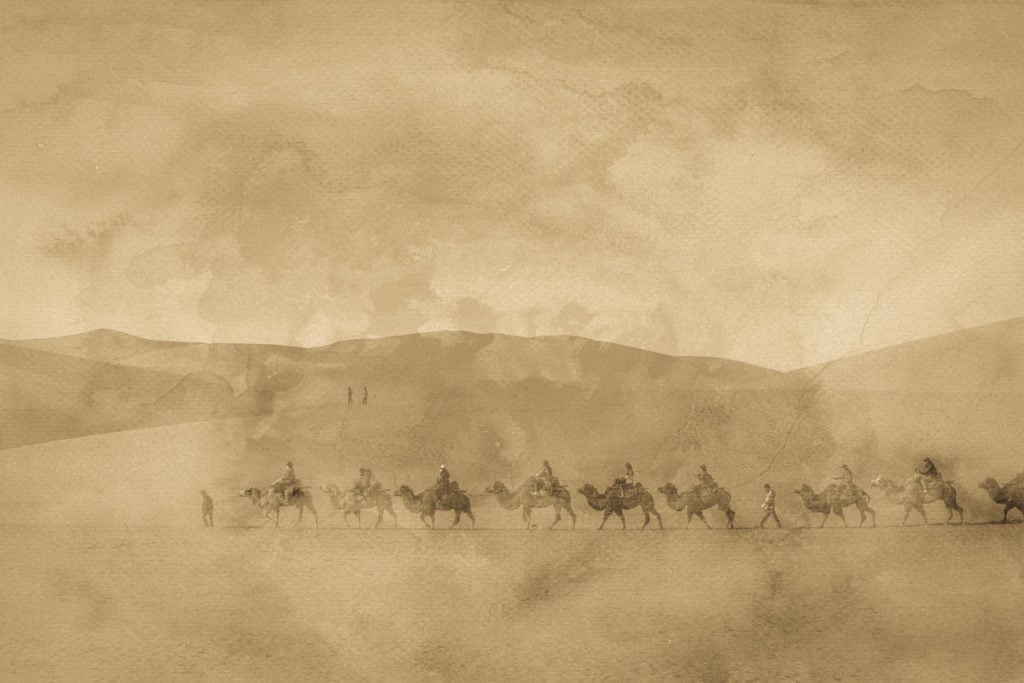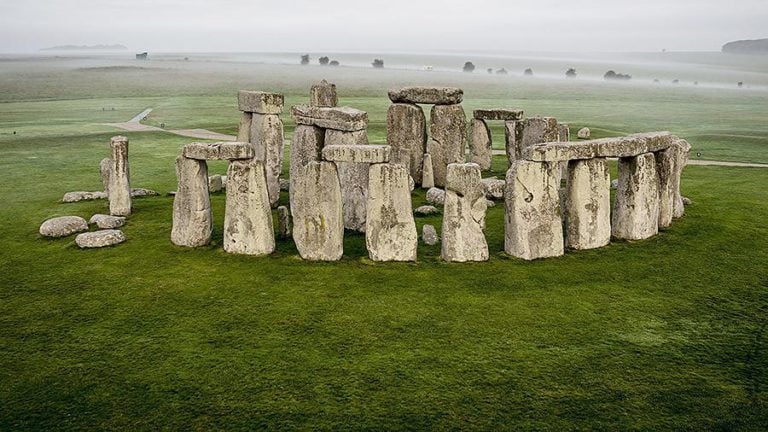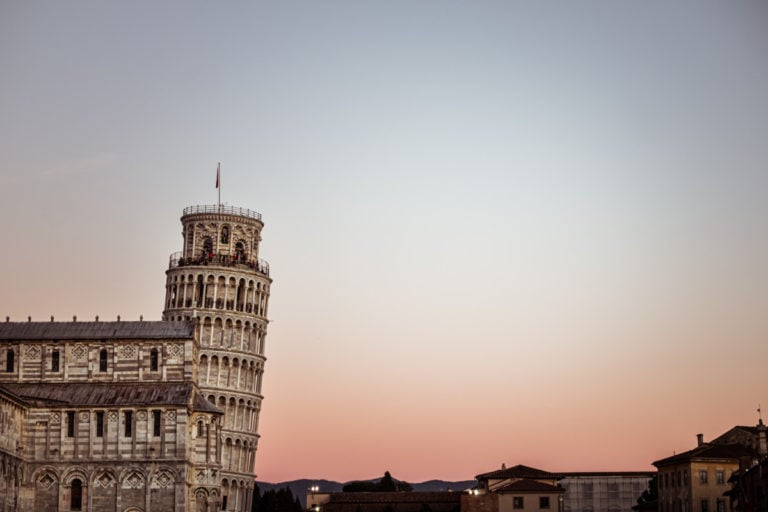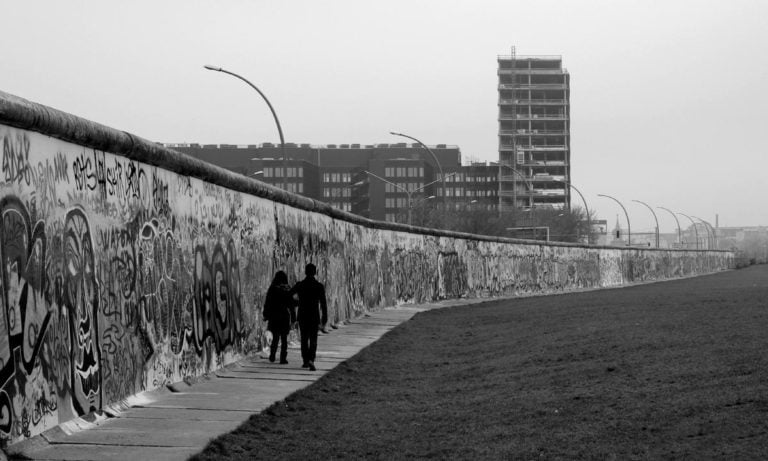Silk Road – this was the route by which silk, paper and other achievements of the Middle Eastern civilization came to Europe.
In another direction – to China – there were, among other things, perfumery and jewelry.
The name “Silk Road” was coined by the German traveler and geographer Ferdinand von Richthofen in 1877. However, the trade route itself is much older – it has been operating since the 3rd century BC. until about the 17th century. For 2,000 years, caravans and merchant carts, moving from east to west, delivered valuable goods, as well as achievements of civilization and ideas. They left their mark on the life of the peoples of South Asia, and also influenced the history of China and Europe.
Why silk?
The extremely thin, smooth fabric obtained from the silkworm cocoon was admired in the Old Continent. Before silk reached Europe, it was the fabric of emperors and sages for thousands of years. It has also been used as a substrate for paintings and as a material for making special screens for a printing method known as silk screen printing.
In China, the ability to produce silk appeared as early as 3600 BC, that is, at the dawn of civilization. However, around 2600 BC. the production of damask began.
And indeed it is. For 2,000 years, China has kept the secret of making this extraordinary fabric. Thus, they retained a monopoly on its production. The punishment for revealing the secret was death.
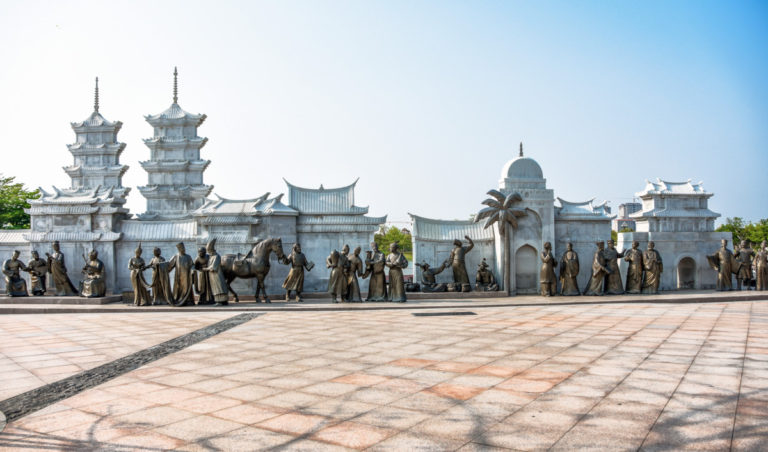
Only in the II century. BC. – during the time of Emperor Wudi, the Middle Kingdom began to open up to the world. At that time, the imperial emissary Zhang Qian, traveling through Central Asia, conveyed to the ruler the news he had heard about the peoples living further to the west – including Persia and Rome. Information about intriguing civilizations caused such a stir at court that the emperor decided to defeat the nomadic confederation of Xiongnu tribes in order to gain control over the trade routes leading to the West.
It is said that the fame of silk began to develop in Rome after 53 BC. At this time, the Roman legions under the command of Crassus suffered a humiliating defeat at the battle of Carrhae by the Parthians. After this defeat, the Roman soldiers who survived the battle, according to legend, brought back to their homeland a story about an unusually beautiful fabric from which the enemy’s banners were made.
Egg smuggling
For hundreds of years, the Middle Kingdom, although trading in silk, skillfully guarded its secret. According to Procopius of Caesarea and Theophanes, only at the turn of antiquity and the Middle Ages did knowledge about the production of this fabric reach Europe, in particular Byzantium, where Chinese trade expeditions had reached by that time.
Around 550 AD, silk “know-how” was to be delivered to the court of the Byzantine emperor by two monks who had previously been in the Middle Kingdom. For a large fee, they had to smuggle silkworm eggs from China to Europe, which they did. They hid 26,000 precious eggs inside the bamboo poles they used for their subsistence. Then they made long journeys through South Asia to deliver the “cargo” to the imperial court.
The Journey of Marco Polo
Christian, medieval Europe learned about China only in the 13th century – from the Venetian merchant Marco Polo. In 1271, he traveled from Venice to Akka, passed through Asia Minor, Persia, Afghanistan and the Pamir mountains to Kashgaria, and then reached the Gansu province in northern China along the Silk Road. Marco Polo went on a journey at the age of 17 with his father, also a merchant who had already been to Asia.
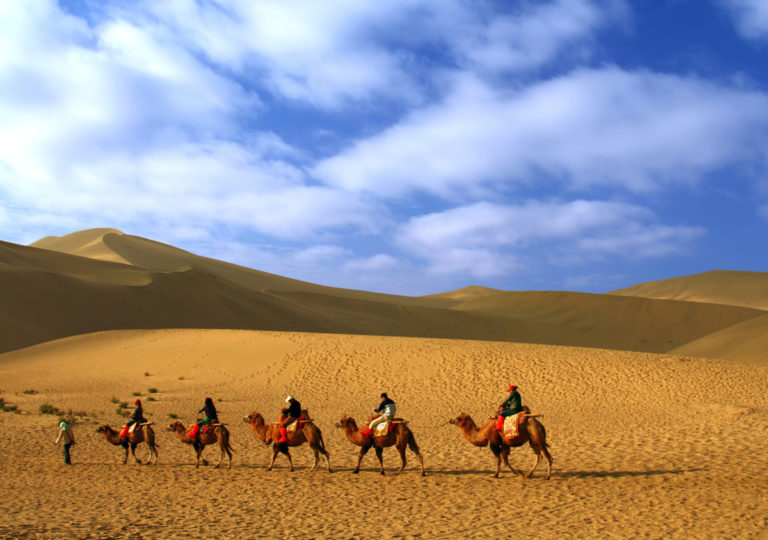
The expedition lasted a total of 24 years. They spent 17 years in China working for, among other things, Kublai Khan, grandson of the great Genghis Khan. Marco Polo entered into the confidence of the ruler, who gave him an honorary title. He was a court adviser, diplomat and emissary. For three years, he ruled the city of Yanji (Yangzhou) in Jiangsu province in eastern China.
Not only silk
Contrary to appearances, the name of the route is somewhat misleading, since valuable fabrics were not the main commodity shipped from China to the West. Paper was an extremely valuable commodity, as were iron, spices, roots or minerals – especially jade. On the other hand, fruit – including grapes, jewelry or perfume – made its way to China.
But the Silk Road was not only about valuable goods – it was also about the exchange of technology and ideas. It was along this route that inventions such as the compass, gunpowder and mechanical clocks came to Europe between the 10th and 13th centuries.
For thousands of years, the overland route to China “gave life” to the peoples of all of South Asia.
The end of the importance of the Silk Road came with the development of navigation and great geographical discoveries. In 1498, the Portuguese, under the command of Vasco da Gama, opened the sea route from India on their huge galleons. It became the main trade route to this part of the world (before the construction of the Suez Canal). Another Portuguese, Ferdinand Magellan, rounded Cape Horn and reached the Pacific Ocean. It was the Portuguese who established a colony in Macau, China.
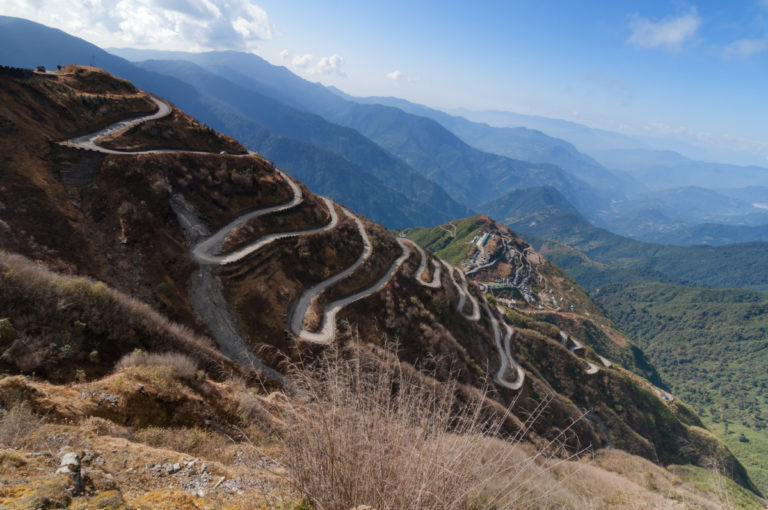
In this way, sailors from Lisboa and Porto laid the foundation for the construction of a modern system of ocean trade. In the 16th century they controlled both the eastern and western sea routes to Asia. Their large ships called at Macau – known as the gateway to China – bringing goods from Europe and colonies in Africa and America. On the way back, they took Chinese porcelain or just silk on board.
New Silk Road
With the proliferation of new ocean routes, the overland route to China became less important. It was longer and more dangerous. In the 16th century, the Silk Road ceased to play an important role on the map of world trade.
However, the idea has survived, and decision makers are still revisiting its concept. Today – in contrast to the 17th century – the land route is again faster than the sea (while the fastest way to transport goods is by air). A few years ago, the authorities of communist China expressed their readiness to build a “new Silk Road” from China to Europe.
